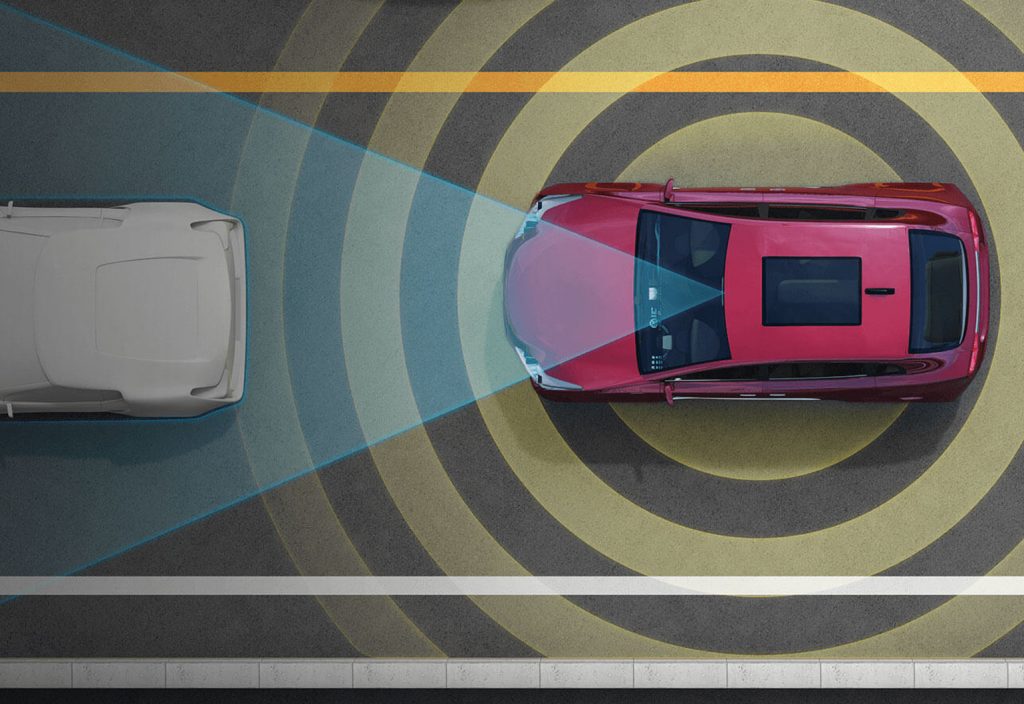The world of connected and autonomous vehicles is going through a period of tremendous change, but now protocols need to play catchup.
That’s according to Suzanne Murtha, AECOM’s Global Vice President for Connected and Automated Vehicles.
“We’ve seen more connectivity in the past couple of years than I’ve ever seen in my life. We saw Toyota making their announcement that they will have DSRC on all vehicles in the US by 2021. We’ve seen VW make similar announcements for Europe as well,” she said.
Dedicated short-range communication (DSRC) is a communication protocol system that the American Government developed to help connect vehicles and infrastructure. It will be key in autonomous techniques like truck platooning, where convoys of trucks travel very closely to each other to reduce aerodynamic drag and fuel consumption.
While Australia does not lead the world in this area, Murtha believes it is not too late to get on the bandwagon.
“I was at the US Congress last week and spoke with a woman from Audi who was saying that Audi and other automotive manufacturers will go to the countries that have the most favourable environment for testing and specifically the environments that have the most openness and the least amount of restrictive regulation,” she said.
“Singapore is doing a lot. In the US, the state of Michigan, for example, has very open automated vehicle testing laws and has a hugely well developed connected vehicles system. They have deployments for communication all over. The state of Florida does not have a lot of connectivity deployment yet but they do have a lot of allowance for testing on their roadways.”
She said AECOM was also doing work with the state of Ohio to standardise its underlying engineering architecture for connected and automated vehicles.
Edge processing
Connected technologies will also create huge amounts of data. Murtha said that DSRC standards enable a vehicle to communicate 10 times a second with its position, speed, direction and hard braking. However, a technique called edge processing will allow systems to cull this information in smart ways.
“It means that we can process data at the edge of the field where data comes in from vehicles,” Murtha said.
“The data comes into a piece of equipment on the roadside and the agency can determine at the roadside what data it wants to keep or what it doesn’t.”
